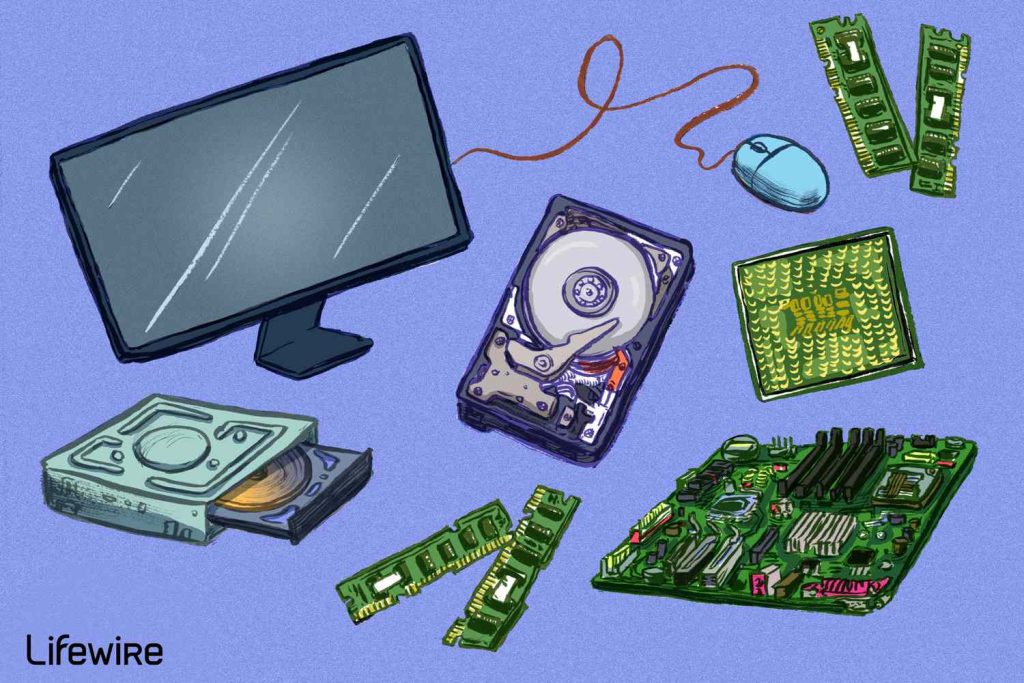Equipment encompasses the real the different parts of processing methods, providing as the building blocks for electronic technology and innovation. From the modest abacus to the cutting-edge quantum pcs of nowadays, electronics has undergone an extraordinary evolution, pushed by breakthroughs in products science, executive, and computing theory. At its core, hardware comprises a diverse variety of parts, including processors, storage modules, storage products, input/output peripherals, and networking equipment, each enjoying an important position in the performance and efficiency of processing systems.
The rapid velocity of scientific development has generated the development of significantly strong and successful hardware solutions. Moore’s Legislation, which predicts that the amount of transistors on incorporated circuits may double approximately every two years, has served as a guiding theory for hardware development, operating development and advancing exponential development in computational capabilities. As a result, modern equipment devices are capable of doing complicated calculations and executing superior calculations with unprecedented rate and efficiency.
One of the most significant trends in equipment growth is the move towards parallel computing architectures. Traditional constant control methods are now being augmented or replaced by parallel handling techniques, which allow multiple projects to be accomplished simultaneously, leading to significant improvements in performance and scalability. Parallel research is very well-suited for projects such as clinical simulations, information evaluation, and artificial intelligence, wherever big datasets and complicated computations are common.
Yet another key part of hardware invention is the development of specific accelerators and co-processors designed to offload specific computational tasks from the CPU. Graphics running models (GPUs), like, are commonly employed for accelerating artwork rendering and parallel running tasks, while field-programmable door arrays (FPGAs) offer mobility and programmability for a wide variety of applications. Now, there has been a growing fascination with neuromorphic research, which attempts to copy the design and purpose of the human mind applying hardware-based neural networks.
As well as breakthroughs in handling energy and performance, equipment progress has also dedicated to improving power efficiency and sustainability. As considerations about environment change and environmental impact develop, there’s raising pressure on electronics suppliers to create services and products that digest less energy and generate less emissions. It has generated innovations such as low-power processors, energy-efficient knowledge stores, and eco-friendly production procedures, all targeted at lowering environmentally friendly presence of research technology.
Safety is still another critical concern in hardware style, particularly in gentle of the growing threats presented by cyber attacks and information breaches. Hardware-based protection features, such as for example protected boot elements, hardware security, and respected system segments (TPMs), support protect sensitive information and guarantee the reliability of processing systems. Also, improvements in hardware-based authorization and biometric technologies offer new approaches to increase security and solitude in electronic systems.
As equipment remains to evolve and advance, it is operating development across a wide variety of industries and applications. From autonomous https://www.asianews.ir/u/dWh cars and clever devices to healthcare products and industrial robots, hardware systems are reshaping the way we live, function, and communicate with the planet around us. With continuing study and growth efforts pushing the limits of what is possible, the future of hardware supports huge assurance for continued development and creativity in the digital age.

